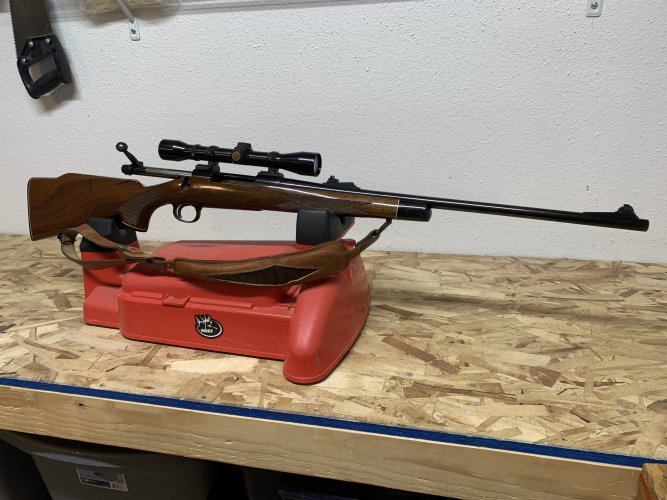D
Deleted member 22670
Guest
I love these old rem 700's. My dad left this in my care, as he does not hunt anymore. It's a Rem 700 in 30-06, with the original 4x weaver scope on it. My mom bought this for him as a wedding gift back in 1976. Since then, it's spent most of its life in a safe. The only hunt my dad can remember, is shooting, and missing, a big Kiabab buck back in 1978. Hopefully that will all change. I am going to get it all cleaned up and put a new trigger in it just to be safe. It will accompany me to Utah in January for cow elk. Just thought I'd share an old classic. 





